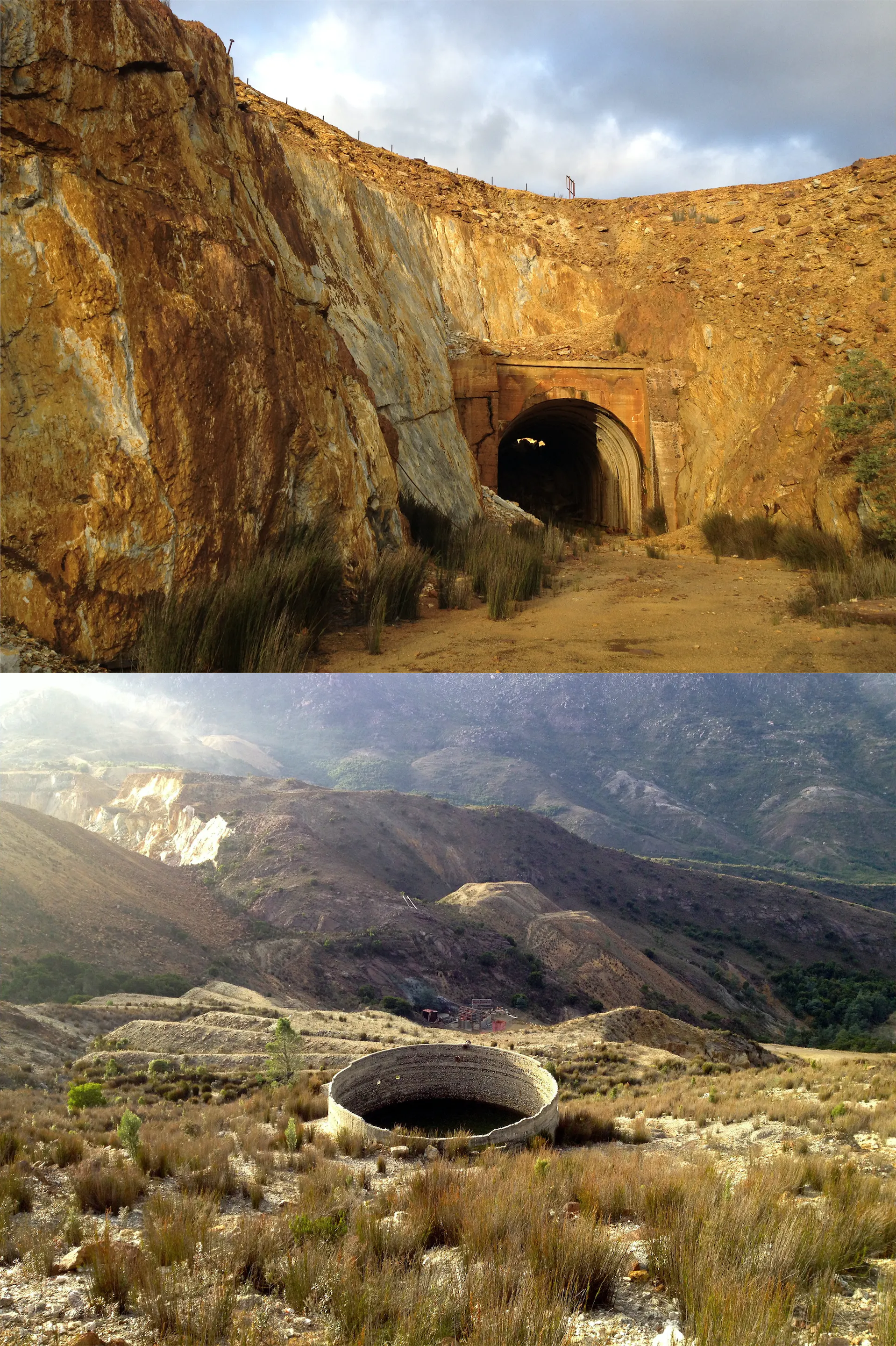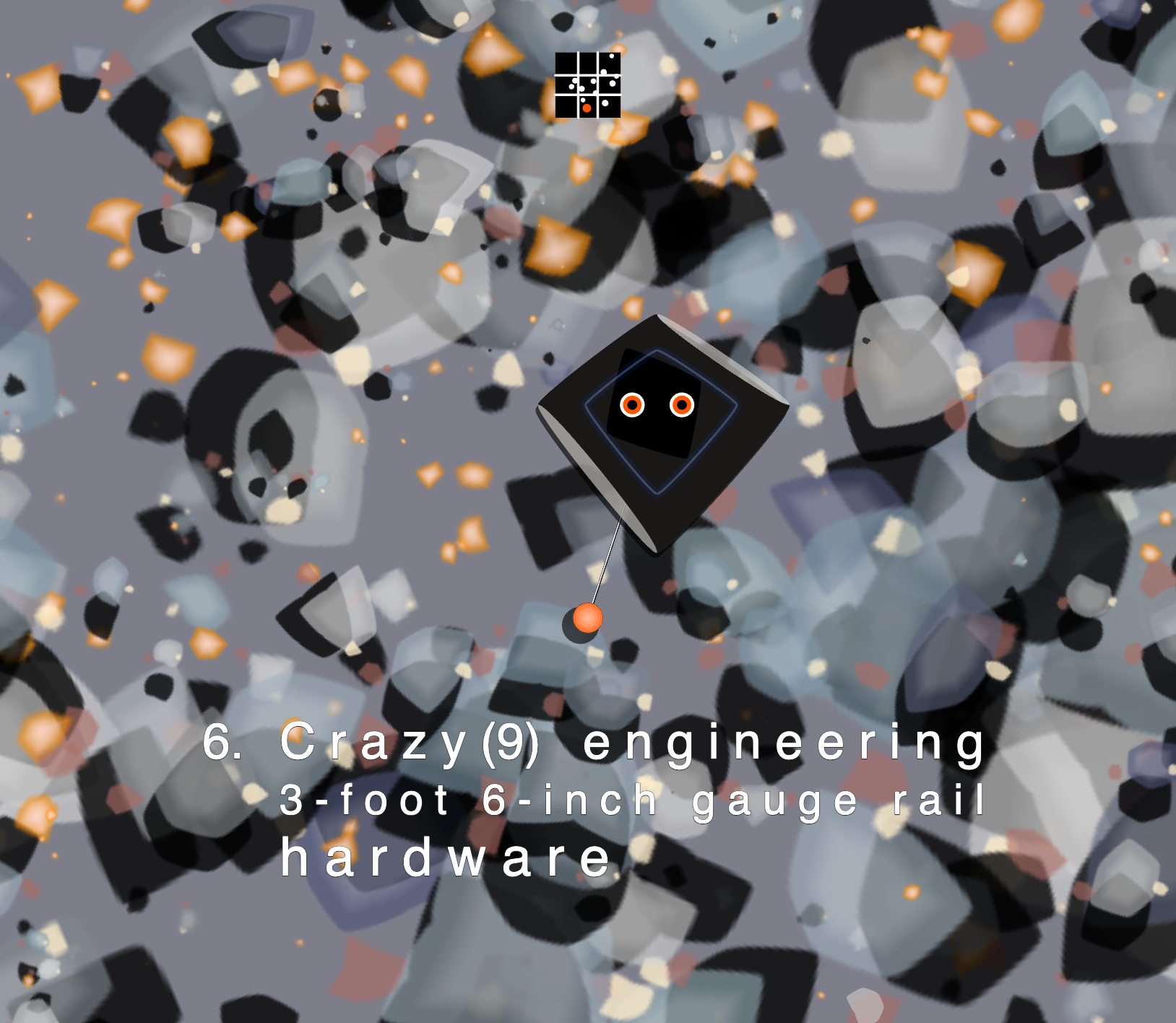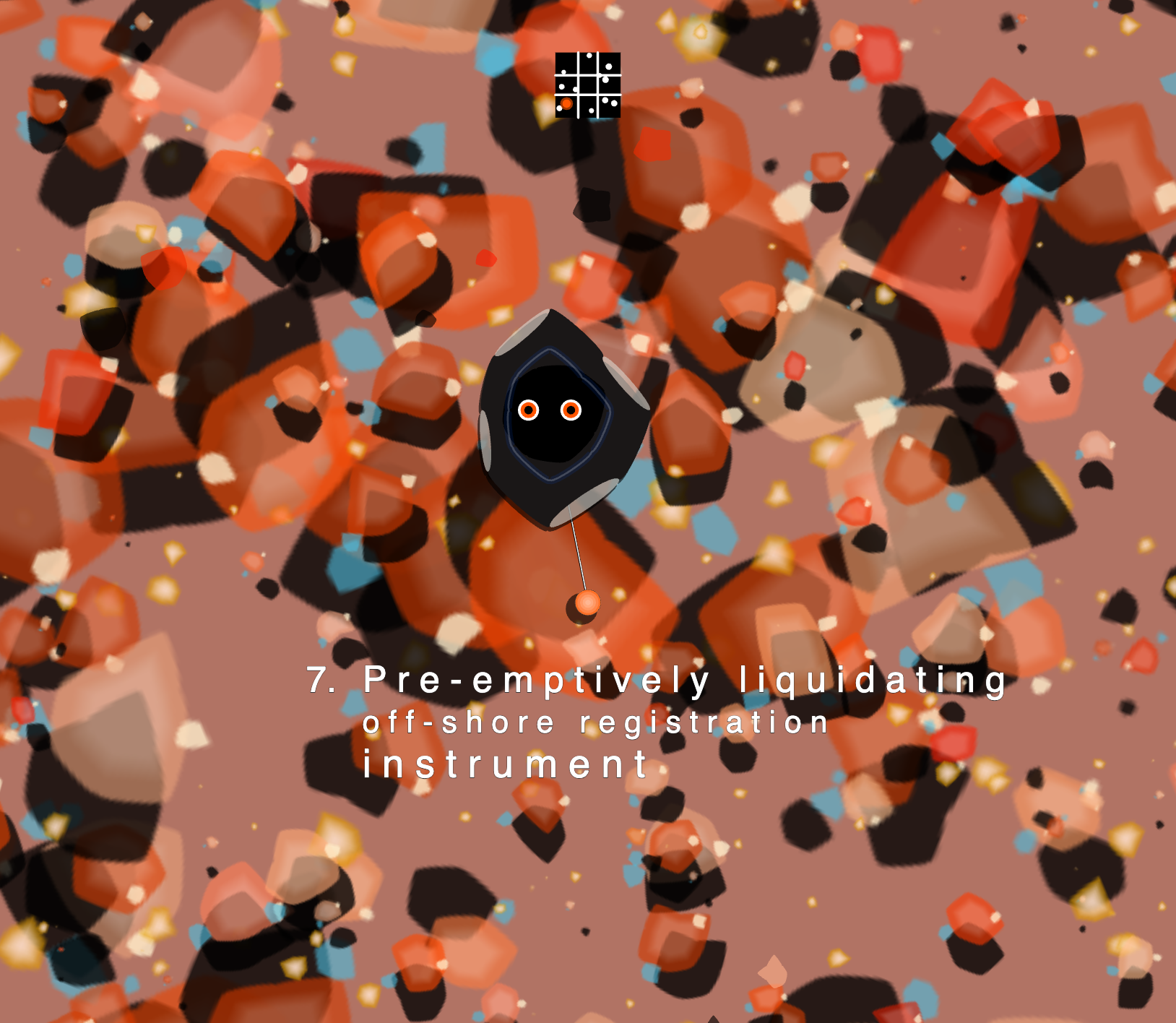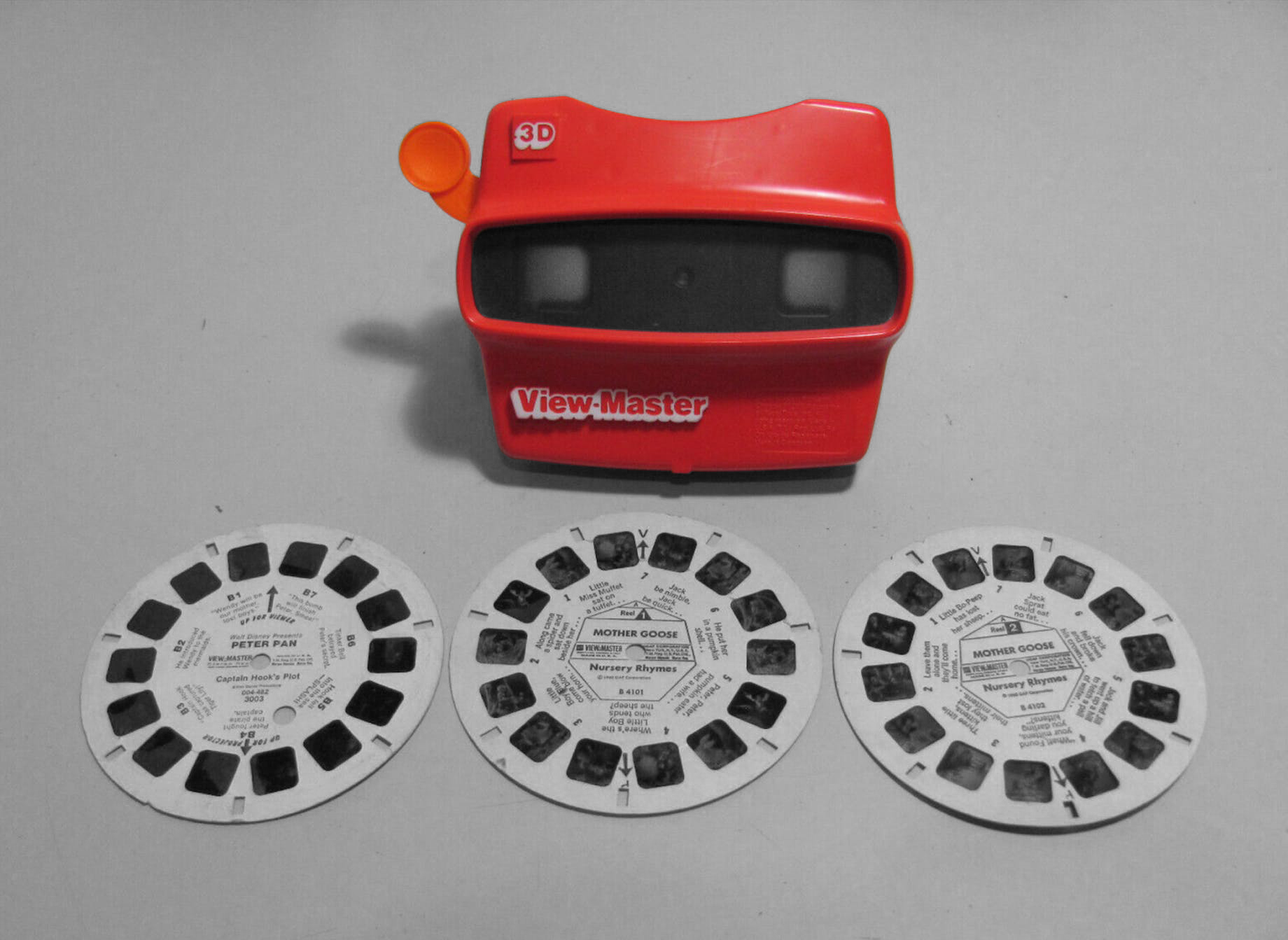Little Lyell Machines
Interactive generative art project exploring the narrative forms of historical archive in code-based art. (click to navigate through the story, refresh for a new field of rubble)
Context, material, catalogue
Machines mentioned: generative code; historical documents; a story sequence; the microfiche; View-Master; tunnelling equipment; railways; company organisations; global trade; the share market; an escaped convict’s tent scraper fabricated in 1859 as (empty belly) he tries to clean away mud after a futile day slashing through thick scrub looking for signs of precious metals.
1. Context
I spent a few winter days at the site of some extreme mining history in the inhospitable west coast of Tasmania. The landscape here has been left barren by a period of frantic copper extraction. The small town, and its pub and hotel, is ghostly. The wilderness that surrounds it is dense, dramatic, deep and alternately protected / decimated.
A local man drove us to the now closed mouths of a number of mines, to see the emptiness, feel the cold damp air of the underground, and hear about the history. It’s a story with a narrative arc that’s specific, but it’s also so common - the very normal globally ubiquitous story of mining towns. Discovery, boom, decline.
To prepare, I’d read The Peaks of Lyell (1954), an industrial history of the Mt Lyell Mining and Railway Company, one of those old works of research that record in extreme detail materials extracted from the archives. The type of book that attains historical authority, calcified by a thousand facts on each page that can veil the subjectivity of the researchers’ entrenched and often problematic biases. The detail is overwhelming. You have to read the whole thing to follow the main and NP characters, their movements, failures, deceptions, and piece together the imbricated geological, organisational, financial machinery of the mine.
In the 10 years since my visit, this place,story and dry book have stayed with me. A background obsession while i researched and wrote my own version of industrial history (about the retirement housing industry - different machines and materials, some similarly extractive themes), and later while i learned creative coding as another sort of machine. So, I have made a generative code machine about the Mt Lyell machinery, and about the weird machinery of this book.
I spent a few winter days at the site of some extreme mining history in the inhospitable west coast of Tasmania. The landscape here has been left barren by a period of frantic copper extraction. The small town, and its pub and hotel, is ghostly. The wilderness that surrounds it is dense, dramatic, deep and alternately protected / decimated.
A local man drove us to the now closed mouths of a number of mines, to see the emptiness, feel the cold damp air of the underground, and hear about the history. It’s a story with a narrative arc that’s specific, but it’s also so common - the very normal globally ubiquitous story of mining towns. Discovery, boom, decline.
To prepare, I’d read The Peaks of Lyell (1954), an industrial history of the Mt Lyell Mining and Railway Company, one of those old works of research that record in extreme detail materials extracted from the archives. The type of book that attains historical authority, calcified by a thousand facts on each page that can veil the subjectivity of the researchers’ entrenched and often problematic biases. The detail is overwhelming. You have to read the whole thing to follow the main and NP characters, their movements, failures, deceptions, and piece together the imbricated geological, organisational, financial machinery of the mine.
In the 10 years since my visit, this place,story and dry book have stayed with me. A background obsession while i researched and wrote my own version of industrial history (about the retirement housing industry - different machines and materials, some similarly extractive themes), and later while i learned creative coding as another sort of machine. So, I have made a generative code machine about the Mt Lyell machinery, and about the weird machinery of this book.

2. Material
The Little Lyell Machines bring together three digital materials: visual material, words, and sequence + navigation.
The visual material is the randomness and layering of the color, form and arrangement of a field of rubble. Ordinary and beautiful.
The words, barely visible at first, are tiny fragments scattered within the rubble. Words from the mining history are combined at mint into 12 labels describing the little machines of Mt Lyell: tools of discovery, tree felling, water channelling, rock tunnelling, mine machining, mineral sampling, land and sea transporting, company structuring, human labouring, stock trading, air polluting, landscape changing.
Sequence and navigation is the system that connects the visual and word materials, and the wide and detailed scales. Through screenTouch navigation the viewer moves through a sequence in the rock field. Interactivity is a core materiality of computer art because viewing the work is tightly connected to devices, intimately and constantly touched.
The Little Lyell Machines bring together three digital materials: visual material, words, and sequence + navigation.
The visual material is the randomness and layering of the color, form and arrangement of a field of rubble. Ordinary and beautiful.
The words, barely visible at first, are tiny fragments scattered within the rubble. Words from the mining history are combined at mint into 12 labels describing the little machines of Mt Lyell: tools of discovery, tree felling, water channelling, rock tunnelling, mine machining, mineral sampling, land and sea transporting, company structuring, human labouring, stock trading, air polluting, landscape changing.
Sequence and navigation is the system that connects the visual and word materials, and the wide and detailed scales. Through screenTouch navigation the viewer moves through a sequence in the rock field. Interactivity is a core materiality of computer art because viewing the work is tightly connected to devices, intimately and constantly touched.



3. Catalogue
The work is a ‘slide’, like an insert to a microfiche or View-Master, containing detailed information made visible through the viewing machine. A system to bring 12 fragments into one story, to fit it into one algorithm.
The catalogue of fragments and their labels make an insufficient sliver of sense. Taken away from the gravity of the book’s pages, the labels float with faint information, a wisp of meaning. This is what history is: The moment in time and its catalogue of remnants, no longer used and barely understood in isolation.
The moment in time (Tas, 1897) when extreme never-ending resources were assured. I’m honestly not making a stupid statement about crypto, it’s just the way of humans to hype and extract, falsify and rug. There was a time when the founders and influencers believed this tiny town embedded in dense wilderness would grow into a major city on the back of its copper supply, a beautiful city with tramcars running down streets lined with skyscrapers. The copper became more expensive to extract, prices collapsed, and the Lyell machinery quietened for a time.
The work is a ‘slide’, like an insert to a microfiche or View-Master, containing detailed information made visible through the viewing machine. A system to bring 12 fragments into one story, to fit it into one algorithm.
The catalogue of fragments and their labels make an insufficient sliver of sense. Taken away from the gravity of the book’s pages, the labels float with faint information, a wisp of meaning. This is what history is: The moment in time and its catalogue of remnants, no longer used and barely understood in isolation.
The moment in time (Tas, 1897) when extreme never-ending resources were assured. I’m honestly not making a stupid statement about crypto, it’s just the way of humans to hype and extract, falsify and rug. There was a time when the founders and influencers believed this tiny town embedded in dense wilderness would grow into a major city on the back of its copper supply, a beautiful city with tramcars running down streets lined with skyscrapers. The copper became more expensive to extract, prices collapsed, and the Lyell machinery quietened for a time.

Little Lyell Machines was released with digital art residency wild.xyz in October 2023
A printed index of the work is forthcoming
I research and write about social and urban issues and their theory, policy, and industry intersections.
Alongside my research I work in urban renewal, helping government shape the strategies and outcomes of long-term large-scale precinct development to achieve economic, social and sustainability goals.
In both my research and practice I transform complex projects and problems into clear ideas and directions.
Alongside my research I work in urban renewal, helping government shape the strategies and outcomes of long-term large-scale precinct development to achieve economic, social and sustainability goals.
In both my research and practice I transform complex projects and problems into clear ideas and directions.
In both my research and practice I transform complex projects and problems into clear ideas and directions.
Contact: kirsten@kirstenbevin.com
Download CV
Publications:
James, A., Crowe, A., Tually, S., et al. (2022) Housing aspirations for precariously housed older Australians, AHURI Final Report No. 390, Australian Housing and Urban Research Institute Limited, Melbourne.
Tually, S., Coram, V., Faulkner, D., et al. (2022) Alternative housing models for precariously housed older Australians, AHURI Final Report No. 378, Australian Housing and Urban Research Institute Limited, Melbourne.
Bevin, K. (2021). Making housing, shaping old age: industry engagement in older persons housing, PhD Thesis, RMIT University.
Bevin, K. (2018). ‘Shaping the Housing Grey Zone: An Australian Retirement Villages Case Study’, Urban Policy and Research, 36(2), 215-229.
Bevin, K. (2016). ‘Diversity and disparity: Retirement housing in age-friendly cities’, in Future Housing: Global Cities and Regional Problems. Melbourne: Architecture, Media, Politics, Society, pp. 93-99.
Building buffers: Talk for the DADo Film Society (Sept ‘24)
Making housing shaping old age: Summary of PhD thesis
The story of retirement housing in Victoria: Case study within the thesis
I research and write about social and urban issues and their theory, policy, and industry intersections.
Alongside my research I work in urban renewal, helping government shape the strategies and outcomes of long-term large-scale precinct development to achieve economic, social and sustainability goals.
In both my research and practice I transform complex projects and problems into clear ideas and directions.
Contact: kirsten@kirstenbevin.com
Download CV
Publications:
James, A., Crowe, A., Tually, S., et al. (2022) Housing aspirations for precariously housed older Australians, AHURI Final Report No. 390, Australian Housing and Urban Research Institute Limited, Melbourne.
Tually, S., Coram, V., Faulkner, D., et al. (2022) Alternative housing models for precariously housed older Australians, AHURI Final Report No. 378, Australian Housing and Urban Research Institute Limited, Melbourne.
Bevin, K. (2021). Making housing, shaping old age: industry engagement in older persons housing, PhD Thesis, RMIT University.
Bevin, K. (2018). ‘Shaping the Housing Grey Zone: An Australian Retirement Villages Case Study’, Urban Policy and Research, 36(2), 215-229.
Bevin, K. (2016). ‘Diversity and disparity: Retirement housing in age-friendly cities’, in Future Housing: Global Cities and Regional Problems. Melbourne: Architecture, Media, Politics, Society, pp. 93-99.
Building buffers: Talk for the DADo Film Society (Sept ‘24)
Making housing shaping old age: Summary of PhD thesis
The story of retirement housing in Victoria: Case study within the thesis